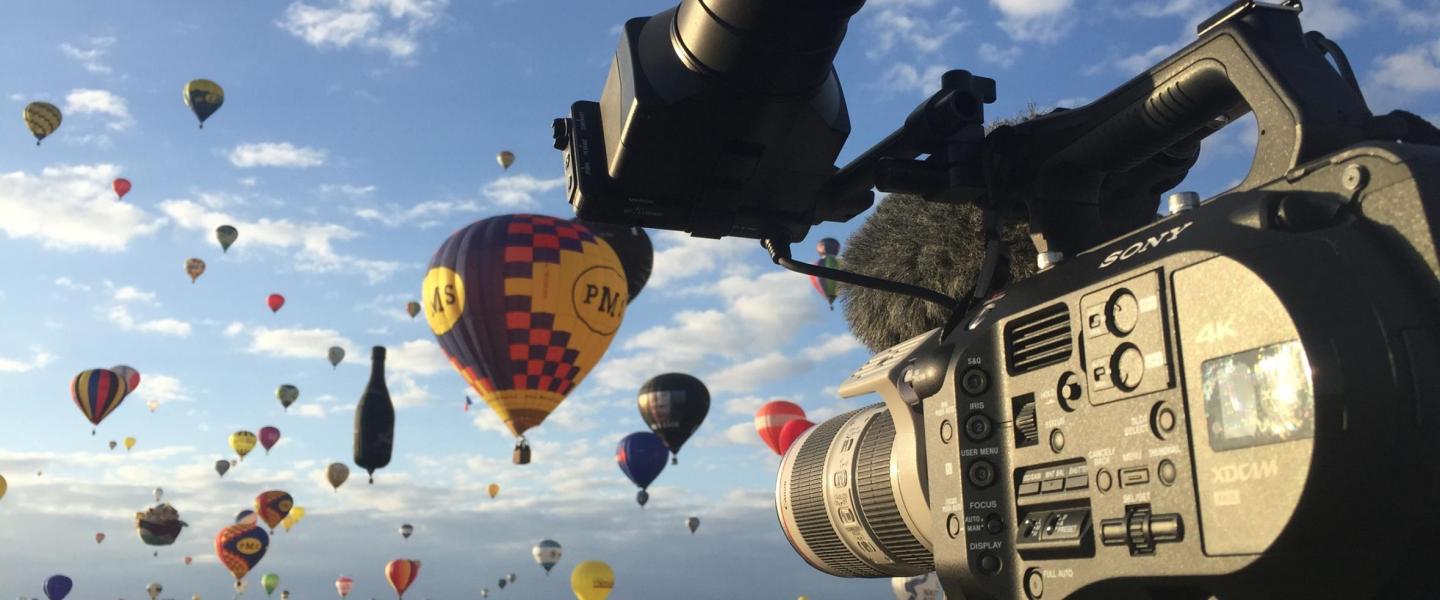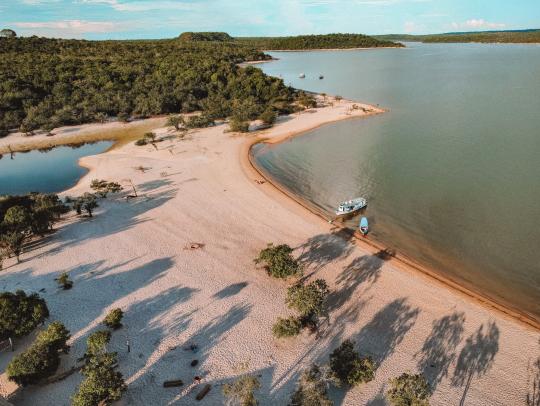By Thomas Wrede, Vice President, New Technology & Standards at SES Video
Since its commercial debut in September 2015, the evolution of Ultra HD has been nothing but phenomenal. Just this year, the number of UHD channels broadcast via satellite has increased from 92 to 114, driven by prominent pay-tv operators taking the Ultra HD leap, such as Canal+, Sky RTL, or ProSiebenSat.1. With UHD screens projected to be in every third home in the US and every sixth home in Europe, no wonder why the new TV technology is seen as an opportunity to drive new subscriptions and retain consumers satisfaction.
The deployment of HD started off just the same way, with leading broadcasters adopting the new TV format. However, figures show that Ultra HD is expanding a lot faster than HD did at its beginnings: HD began with 13 channels in its first year, and grew to 32 channels in two years, while Ultra HD started with 45 commercial channels, and in the same two-year timeframe grew to 92 channels (year-end 2017).
While everybody has eyes on the new TV technology that has seduced video aficionados, it doesn’t mean that HD has slowed down – quite the opposite. Just like the number of SD channels has steadily increased over the years despite HD gaining ground, HD channels and HD screens have continued to multiply since the arrival of Ultra HD.
The beginning: High resolution
In the past few years, the growth of High Definition (HD) has been so great that it’s often considered the new standard now. France said goodbye to standard definition and made the switch to ‘’all HD’’ already two years ago, and other parts of Europe, namely Germany and the UK, also see HD flourish. In North America, our customers collectively deliver over 1,400 HD channels, which represent 67% of our channel line-up in the region. When it comes to Latin America and Asia-Pacific, HD has expanded significantly as well. In fact, HD penetration in cable feed via satellite in Latin America in 2018 is higher than in Europe at 32.7%, when Globosat, Turner, Record and other broadcasters upgraded most of its channels to HD.
Despite this evolution, there is still much to achieve when it comes to delivering high picture quality: out of over 43,000 channels transmitted via satellite, about three quarters are still in standard definition.
On the other hand, Ultra HD is making its way to more and more consumer homes. But the best of TV is yet to come!
The next level: Beyond resolution
Even with 4K Ultra HD, for consumers to experience a truly immersive, life-like TV moment, more pixels is not enough. You need more contrast, more colours, and more speed.
This is where the three features High Dynamic Range (HDR), Wide Colour Gamut (WCG), and High Frame Rate (HFR) will further elevate Ultra HD. HDR is considered the next big thing for TV, because it can display a wider range of brightness and darkness, as well as more shades in between, which delivers a lot more details to the eye. Very often, along with HDR comes WCG, which shows more vivid colours and delivers more life-like images.
Today, an increasing number of TV screens are HDR-compatible, and the amount of content produced in 4K HDR is starting to pick up. Among the 50 UHD channels that we deliver, three front-runners have now upgraded to HDR to bring an even better viewing experience than before: Travelxp, 4KUNIVERSE, and INSIGHT TV.
The last feature High Frame Rate displays highly fluid, motion blur free images, making it the most exciting feature for fast action such as sports. However, the industry will need to iron out some technical issues before it can be rolled out to the masses and this may take at least a couple of years.
And if all of this isn’t enough, the video industry is already aiming for higher grounds - or to be more precise, four times higher - with 8K. Even though it will take at least another two years before it reaches consumer homes, we are starting to test the new technology: during the SES Industry Days, we partnered with German startup Spin Digital to broadcast an 8K demo via our satellite system for the first time.
At IBC, NHK showcased a demo that simply had it all: it featured 8K resolution, Wide Colour Gamut, High Dynamic Range, and High Frame Rate. The result? Absolutely mind-blowing. It will be quite some time before we can enjoy such beauty in the comfort of our living room, but the demo offered an exciting glimpse at the future of TV - and it’s bright and vibrant.
This article was first published on Thomas Wrede’s LinkedIn Page.





